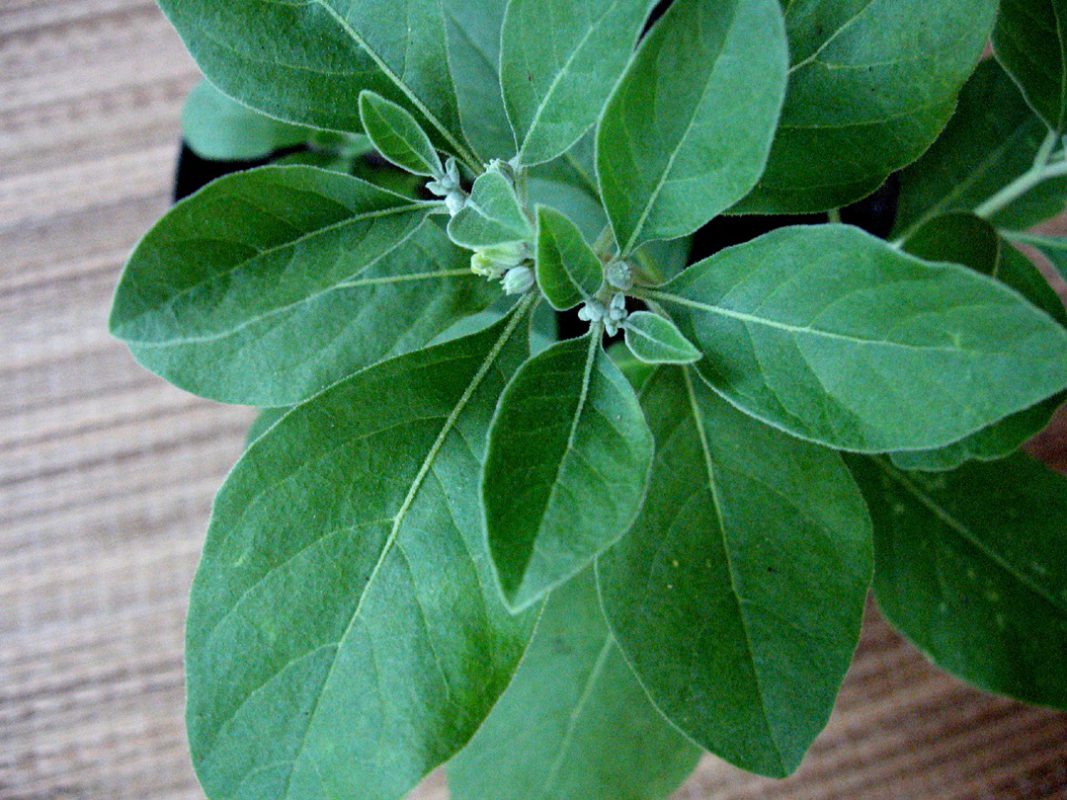Uncategorized
Ashwagandha – Withania Somnifera
Worldwide names of Ashwagandha:-
Hindi:- Asgandh, Ashwagandha
Sanskrit:- Pivri, Pushtida, Bajikari, Barahkarni
Marathi:- Aaskandh, Aasgandh
Gujarati:- Asodh, Asun
Bengali:- Asvagandha
English:- Winter Cherry, Indian Ginseng
Latin:- Withania Somnifera, Physalis Flexuosa, Physaalis Somnifera
Other common name are:-
Ashwagandha, Indian Ginseng, Poison Gooseberry, Winter cherry, Rasbhari, Kanchuki, ghodaasun, Vajigandha, Amukkuram, Ajagandha, Amangura, Amukkirag, Asan, Asana, Asgand, Asgandh, Asgandha, Ashagandha, Ashvagandha, Ashwaganda, Ashwanga, Asoda, Asundha, Asvagandha, Avarada, Ayurvedic Ginseng, Cerise d’Hiver, Clustered Wintercherry, Ghoda Asoda, Ginseng Ayurvédique, Ginseng Indien, Hayahvaya, Indian Ginseng, Kanaje Hindi, Kuthmithi, Orovale, Peyette, Physalis somnifera, Samm Al Ferakh, Samm Al Rerakh, Sogade-Beru, Strychnos, Turangi-Ghanda, Vajigandha, Winter Cherry, Withania, Withania somnifera
As the name suggests in Hindi Ashwa – it means horse and Gandha:- means smell, its roots have a horsey smell so it is also called Ashwagandha and is known for power and strength like a horse.
About ten types of species Available this worldwide. It occurs in stony places and as a weed near habitation. It has an important place in Ayurveda medicine just similar to Panax Ginseng`s have in Chinese Medicine.
Parts Used:- Roots, Fruits, Leaves.
Properties:- It is bitter-sweet, Astringent and warm herb with the horse-like smell. It acts mainly on reproductive & nervous systems, uterus stimulation, and has sedative, aphrodisiac, and rejuvenating effects.
Medicinal Use:- It is used both internally and externally.
Internally:- For debility, nervous exhaustion, geriatric issue, convalescence, failure to thrive in children, impotence, infertility, joints, and nerve pains, epilepsy, rheumatic pains, or multiple sclerosis.
Internally it is given as a milk decoction in Ayurveda medicine, with honey, water, rice or piper longum. Its powdered roots are also an important ingredient of multiple Ayurveda tonics like Raja`s Cup Ayurvedic coffee.
Externally:- it is used as a poultice for swellings, wounds, burns, stings, carbuncles, scorpion and snake bites (Leaves).

Other uses of Ashwagandha are:-
1:- It controls Blood Sugar.
2:- It has anti-cancer properties
3:-It control Cholesterol level.
4:-It relives stress
5:- It reduce anxiety
6:- it increases fertility in men
7:- it is helpful in muscles growth
8:-it is helpful in erectile dysfunction
9:- it stimulates thyroid gland.
10:- It boost immunity
11:- it is helpful in making blood.
12:- it has anti-inflammatory properties.
13:-it has antibacterial properties.
How to take Ashwagandha.
1:- Roasted Aswagandha root powder in Ghee can be taken in morning and at bedtime with milk.
2:- Ashwagandha with ghee,honey or Ashwagandha with Vidarikand Powder is good for aphrodisiac purpose can be taken twice in a day.


